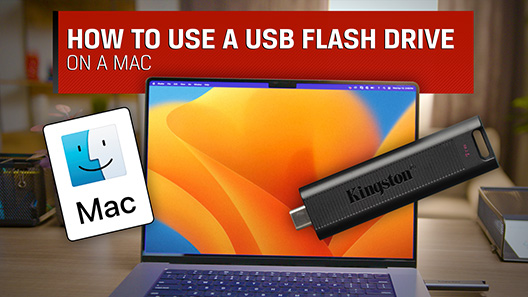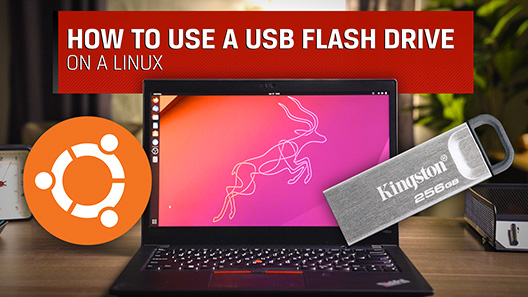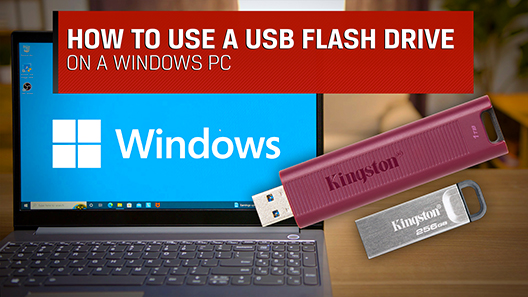
DataTraveler Max USB Flash Drive (DTMAX)
DataTraveler Max USB Flash Drive (DTMAX)
DataTraveler Max USB Flash Drive - Soporte
Recursos
Videos
Preguntas más frecuentes
Still Need Assistance?
Correo electrónico del Servicio al Cliente
Complete a short form for prompt resolution.
Correo electrónico

